Discover Why Cats Mimic Their Owners
Key Points
- Cats mimic their owners to show affection and companionship by highlighting traits they like in their humans.
- Kittens instinctually imitate their mothers to learn how to groom themselves, hunt, and use a litter box.
- Cats can make over 100 different sounds with their vocal cords to communicate and imitate human speech and sounds.
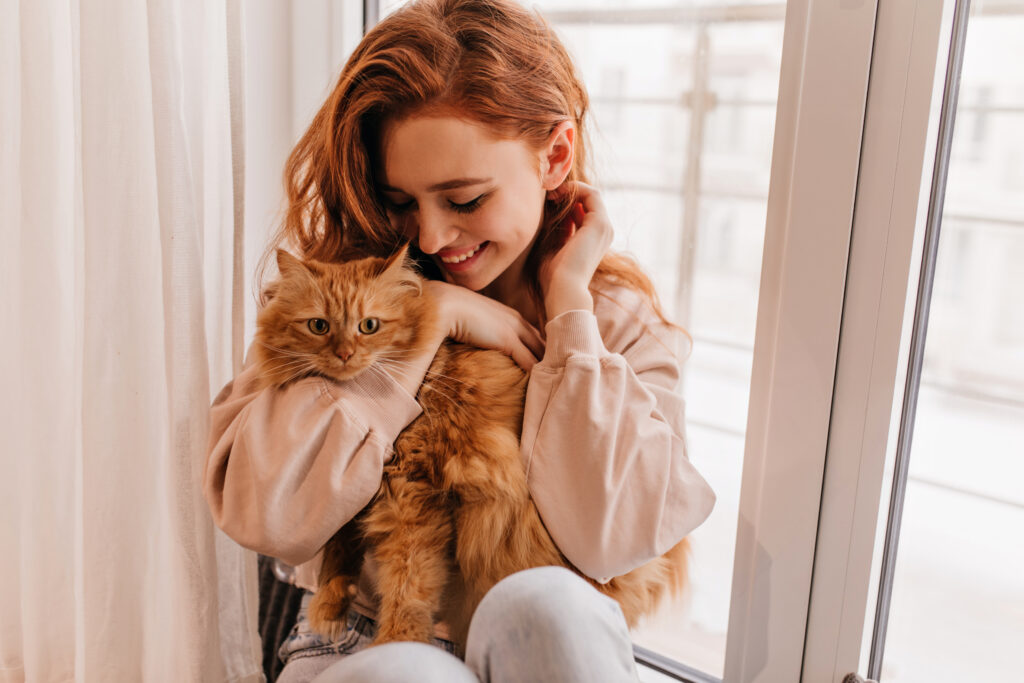
©Look Studio/Shutterstock.com
Cats are the second most common pet in America because they make great companions. They have multiple ways of showing affection to their owners, as well as methods of irritating their owners to get their attention. Every cat owner knows that they are mostly subservient to cats since they are used to having attendants throughout ancient history.
Then isn’t it peculiar when after a few years with a cat, they start imitating their owners? They might start making sounds when they get up or lie down, they may use the bathroom in the morning at the same time as their owners, or they might prevent their owners from sleeping in on their days off.
People say imitation is the highest form of flattery, but why do cats imitate humans? They know they are not people, but what compels them to follow our schedules or mimic sounds similar to how their owners speak?
Why Do Cats Mimic Humans?
Cats are intelligent animals that have been shown capable of recognizing emotions and solving problems to achieve a goal. Various studies online show cats are as intelligent as a two-year-old, similar to most dogs. While intelligence is measured differently between cats and dogs, cats will instinctively learn from their surroundings to provide them with the best chance of survival.
So, the question remains, why do cats mimic humans if they are living in a safe environment?
Essentially, cats mimic their owners for a few reasons:
- Familiarity and affection
- Instinctive learning
- Routine
- Effective Communication
Showing Affection and Familiarity

©Raphael Angeli/iStock via Getty Images
Indoor cats are basically adult kittens. Because cats do not need to hunt their food, they see their humans as surrogate parents. All children will adopt traits from their parents as a sign of how they should act.
Imitating their owners is a sign they feel comfortable with their humans. They see them as someone to keep them safe and protect them like a parent would. By mimicking the traits and habits of their owners, they are showing they deeply care for their owners.
Basically, the cat is expressing how much they love their owners by mimicking them. In fact, studies show cats replicate traits like extroversion, openness, neuroticism, and emotional stability.
Instinctive Learning
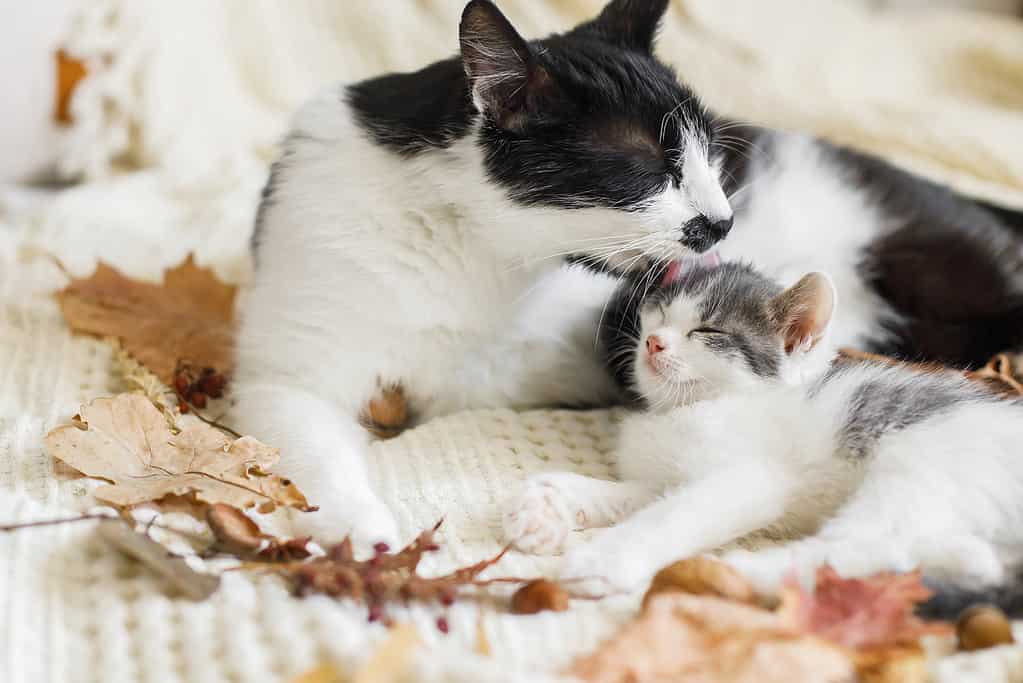
©Bogdan Kurylo/iStock via Getty Images
Aside from showing love, cats are animals of instinct. Starting from an early age, cats learn from their mothers how to groom themselves, hunt, and cover their tracks after using the bathroom (or using a litter box). Kittens are rambunctious balls of energy with tiny, sharp nails and teeth that need guidance on how to use that energy effectively. Mother cats teach their kittens the majority of their life skills in the few weeks they are alive so they may learn to fend for themselves in the wild.
On the other hand, indoor cats see their humans as surrogate parents. Aside from expressing love for their parents, cats will mimic traits their owners do believing that is how they should act. They will watch how their humans interact with objects around them and learn to do similar things.
Cats will even imitate their siblings as a means to get more attention. Videos online show cats making sounds similar to a crying baby because they recognize the infant gets attention and food when they make crying sounds. Humans are easy to train and after a few attempts at crying and getting attention, food, or a treat, the cat then learns crying and imitating the baby will yield favorable results.
Routine and Scheduling
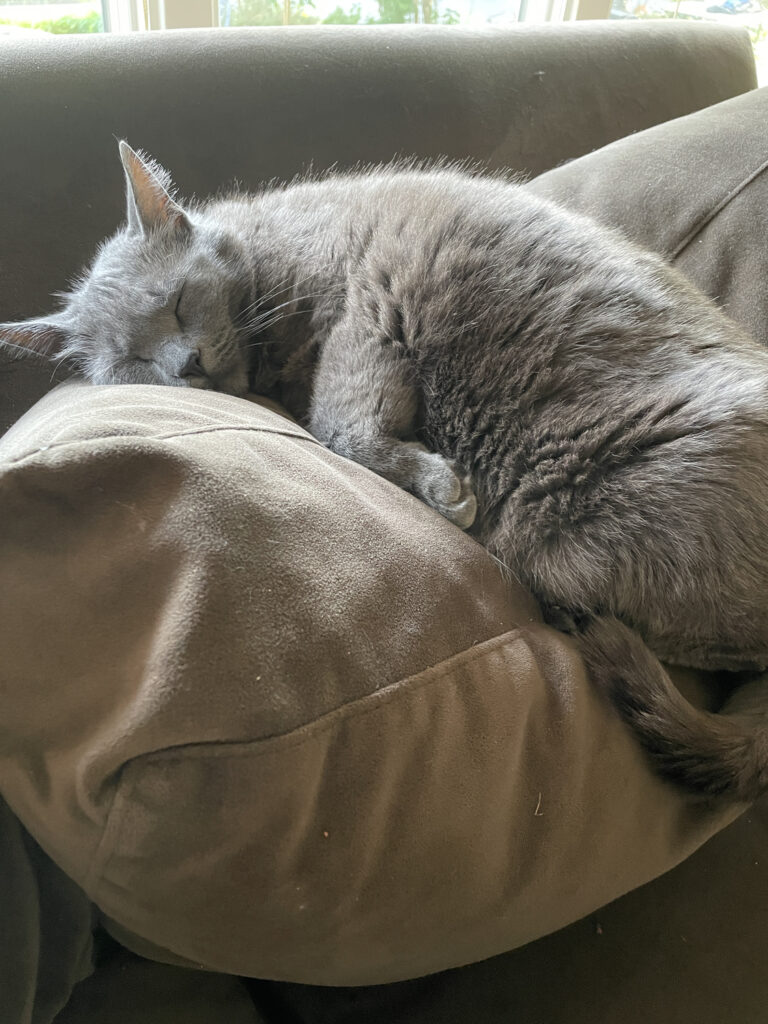
©Patrick Siren/iStock via Getty Images
Cats love having a consistent routine and schedule. As territorial animals, they perform their hunting and protection duties better when they have a routine to exercise, hunt, groom, and nap throughout the day.
Cat owners are well aware that when a routine changes, their cats will get flustered and upset. This was prominent during the pandemic when remote workers were forced to go back into the office, and their cats would be annoyed by the sudden change in schedule.
Cats will learn their owner’s routines and keep them on their schedule as a method of taking care of them. They will follow their owner’s schedule and imitate them to feel close and share those moments together. This is why many cats will follow their owners into the bathroom to use their litter box at the same time or follow them into the kitchen to eat at the same time. When the routine is broken, like when someone is trying to sleep in, the cat will meow, paw, and jump on the bed to wake their owners up.
Having a routine is good to keep the mind sharp and focused. Cats know this and want to ensure their owners are not slouching on their regular schedule. Unless the owner is constantly lounging around the house, then the reverse would happen where the cat would question why their humans are up instead of loafing.
Effective Communication
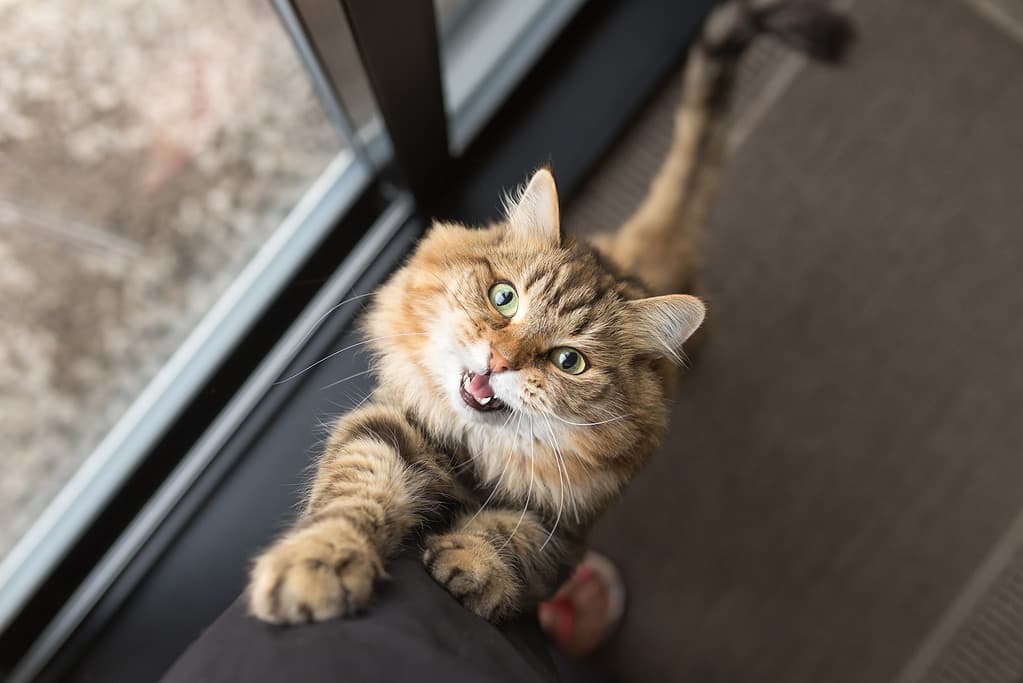
©marieclaudelemay/iStock via Getty Images
Cats are capable of making over 100 sounds with their vocal cords. This gives them dozens of ways to communicate their wants and needs to their owners.
As mentioned before, cats will imitate sounds from crying babies to train their humans to give them attention or treats. Cats will also learn to mimic the sounds of their owners while walking around the house, sitting on the couch, or responding to other people in the house.
Imitating sounds is a tactical skill kittens learn to catch birds in the wild. When a cat is sitting at a window and making chattering sounds at the birds, that is a way of communicating to the birds it is safe to be around. Luring them into striking distance.
They also adopt non-verbal cues to communicate with their owners. Some cats will learn to imitate hugging or holding hands by placing their paws on their owner to show they love them similar to how humans love their offspring.
How Do Cats Imitate Humans?

©PeopleImages/iStock via Getty Images
Cats use a variety of methods to imitate their owners. It all depends on how their human expresses themselves and communicates. In fact, studies show that cats will imitate emotional cues and extroversion dependent on their humans. For instance, if an owner is extroverted and loves being social, the cat may also enjoy being around others. Inversely, if an owner is anxious and paranoid, the cat will adopt the anxious and paranoid attitude.
Some popular methods of cats imitating humans are:
- Using the bathroom at the same time
- Taking naps at the same time
- Using vocal cues like meows, chirps, and chatters to imitate their owner’s inflections and tones
- Willingness to socialize
- Openness to other people in the house
- Openness to go outside
- Neurosis levels from mild to chronic
- Curiosity to surroundings
Do Cats Mimic Other Animals?
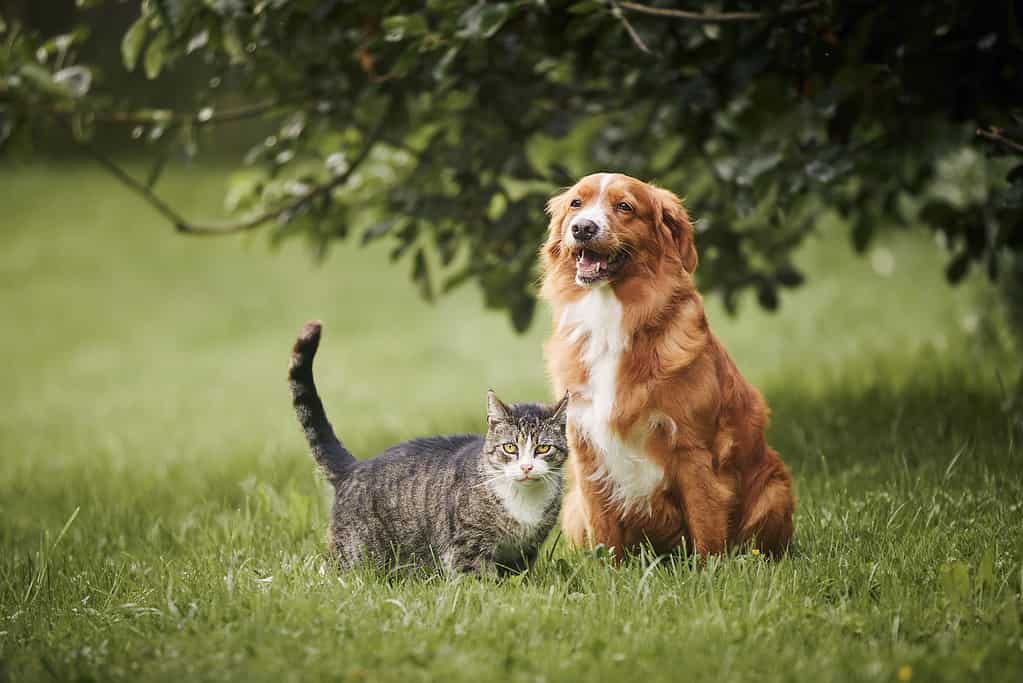
©Chalabala/iStock via Getty Images
Aside from mimicking their mothers and surrogate parents, cats will mimic other animals in the vicinity they feel comfortable with. Pet owners who have a cat and dog will notice the cat may adopt dog-like traits as a method of bonding together. Some cats will act like dogs by getting messy, wanting to go outside for walks, or being as social as other dogs.
Cats will also mimic the sounds of birds as a means to catch prey. Indoor cats will chatter at birds from a safe distance to keep them close and watch as they hop and flutter around.
Additionally, cats may treat other animals like cats as a sign of affection. For example, a cat may groom the fur of a dog because they are dirty, and cats are taught to groom themselves and their littermates as a sign of affection.
Fun fact, cats can also mimic snakes! Instinctively, cats know that snakes are frightening creatures and they have learned to adopt that trait as a self-defense mechanism. By pinning their ears back, showing their fangs, and hissing, cats look and sound remarkably similar to a hissing snake.

©Evrymmnt/iStock via Getty Images
In conclusion, cats imitate their owners because they love them. Cats may act like humans are their servants, but deep down they love and admire us for all the hard work their owners provide. They know their humans are their parents, and even when they act up by knocking things off the furniture, cats are doing it as a means to communicate their needs. Keep an ear open and see if you notice the subtle cues of how your cat imitates you.









